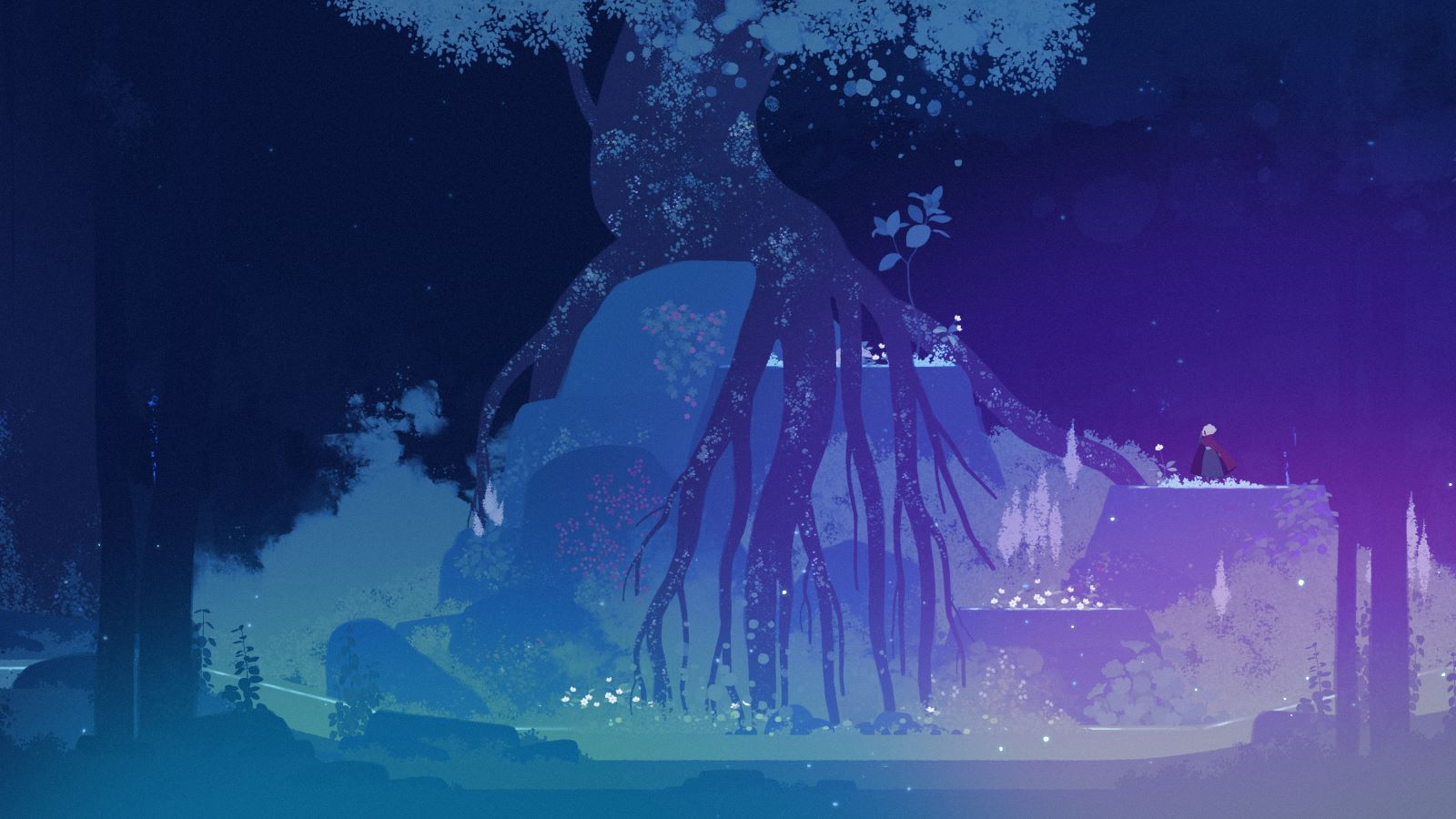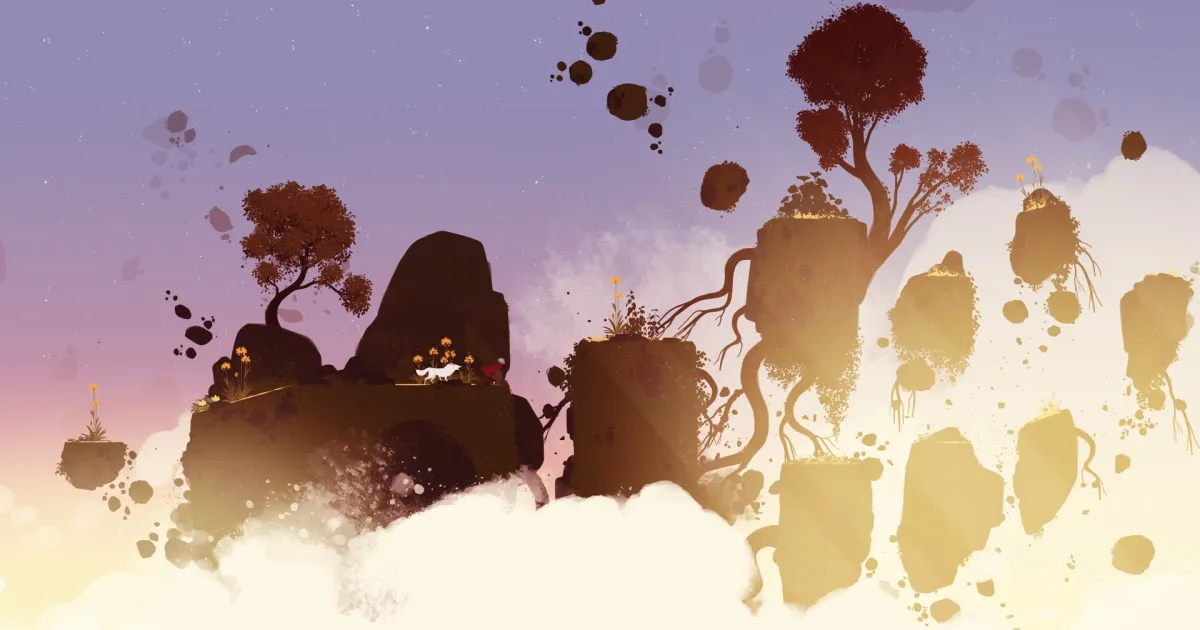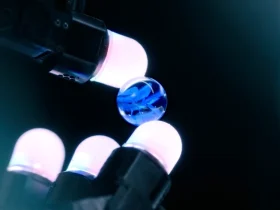After the release of Gris, the team at Nomada Studio in Barcelona took an extended break to recover from the intense development process. For about six months, they avoided thinking about new projects or discussing game development altogether. During this time, Conrad Roset, the studio’s director, who had recently become a parent, developed an idea for a new game.
His concept involved creating a similarly emotional experience, focusing on a bond between the player and a companion character. This idea eventually took shape as Neva, a story centered around a young woman and her magical fox.
Initially, lead producer Roger Mendoza was hesitant about animating animals, particularly those with complex movements like multiple legs. However, the team embraced the concept of Neva, a game where a young woman forms a deep connection with a fox as they journey through a world filled with danger.
Mendoza acknowledged that the extra work was worthwhile, as the game developed beautifully. Neva is set to launch on October 15, featuring hand-drawn 2D animation similar to Gris. The narrative follows the woman as she cares for a young fox named Neva while confronting dark and threatening forces.

Neva shares many elements with Gris, such as its short duration, visually striking art style, and largely non-verbal narrative. However, it introduces two major new features: the inclusion of a companion character and a combat system.
These additions were inspired by the dynamic between the woman and the fox. At first, the player protects the fox, but as the fox matures, it takes on the role of the protector. Mendoza highlighted how this change in roles adds emotional weight to the game, making the player feel the fox’s absence when it isn’t present.
The introduction of combat brought challenges, especially concerning accessibility. One of the key strengths of Gris was its simplicity, which made it easy to pick up and play for a wide range of players, including those on mobile platforms.
With Neva, the added complexity of combat and the companion system made the game more difficult. To address this, the developers incorporated a story mode where players cannot die in battle, providing a more accessible experience for those who prefer to focus on the narrative without the stress of combat.
The success of Gris, which sold over 3 million copies, gave Nomada Studio the confidence to take more creative risks with Neva while staying true to their strengths in storytelling and artistic design.
One of the biggest lessons they learned from Gris was that a strong narrative could be told without words, which they expanded upon in Neva, exploring themes like the evolving nature of a caretaker relationship and environmental destruction.
Another important takeaway was the need for a better work-life balance. The development of Gris had been stressful due to the small size of the team, but for Neva, Nomada Studio hired additional programmers to make the development process smoother and ensure a healthier work environment for the team.







Leave a Reply